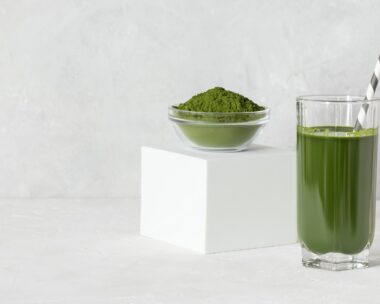You’ve probably heard of antioxidants, right? You know those powerful disease fighting components in foods, especially plant foods like fruits, vegetables, wholegrains and herbs.
Even tea, red wine and chocolate are hailed for their antioxidant powers. But unlike other nutrients such as vitamins and minerals, we do not currently have an RDI or recommended dietary intake for antioxidants. So how do you sort out which are the best to include in your diet?
Antioxidant activity
Many fruits, nuts, vegetables and wholegrains have been analysed in laboratories for their Oxygen Radical Absorbance Capacity, known as ORAC. ORAC is one of a number of methods available to evaluate the antioxidant capacities of foods.
Many fruits and vegetables are good sources of the antioxidant vitamins, E and C, along with A, a type of betacarotene. But these foods also contain many phytonutrients like flavonoids and lycopene that also act as antioxidants. Currently there is a database of around 277 foods with their ORAC scores. What’s interesting is even a minor ingredient in a meal like herbs, can have powerful ORAC scores. But is this the whole story?
Antioxidant utilisation
Just because an antioxidant has a high ORAC score however, may not necessarily mean that it is better than others. Scientists are aware that it is also important to study the ability of antioxidants to be absorbed and utilised within the human body. Research findings published in the Journal of the American College of Nutrition investigated how the consumption of different fruits affected antioxidant status. Researchers measured the plasma (blood) antioxidant capacity (AOC) of volunteers who’d just ingested blueberries, cherries, dried plums, dried-plum juice, grapes, kiwis or strawberries.
The series of studies confirmed what many antioxidant experts have long suspected: that the free-radical-busting compounds found in foods are quite complex, with some apparently being easier to absorb and utilise than others. For instance, the researchers found that despite their high antioxidant content, plums did not raise plasma AOC levels in volunteers. According to the researchers, one of the major phytochemicals in plums is chlorogenic acid, a compound not readily absorbed by humans.
So, the bottom line is that we need a lot more research to uncover the secrets of antioxidants. The best bet approach for now is to fill your plate with plenty of naturally nutrient rich plant foods like vibrantly coloured fruits and vegetables, wholegrains, legumes, nuts, seeds and herbs and spices.




